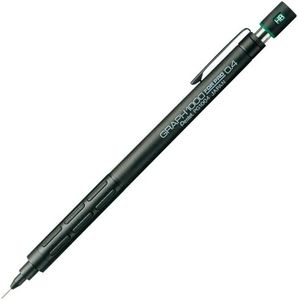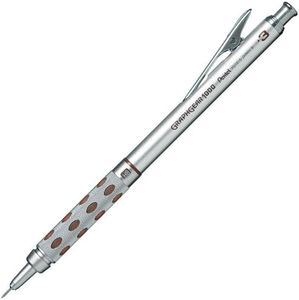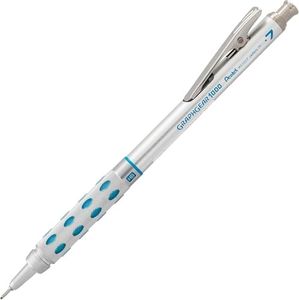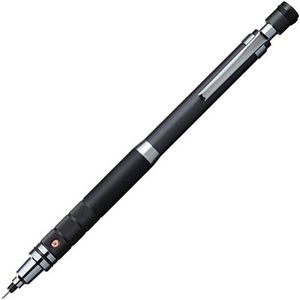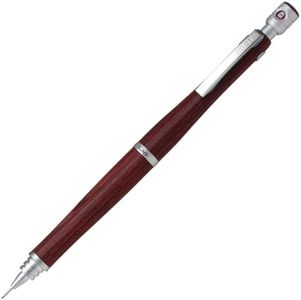We Use CookiesWe use cookies to enhance the security, performance,
functionality and for analytical and promotional activities. By continuing to browse this site you
are agreeing to our privacy policy
10 Best Drafting Pencils
From leading brands and best sellers available on the web.Buying Guide for the Best Drafting Pencils
Choosing the right drafting pencil can make a big difference in your drawing comfort, accuracy, and the overall quality of your work. Drafting pencils are specialized for tasks that require precision, such as technical drawing, architecture, engineering, and detailed sketching. When picking a drafting pencil, it's important to look beyond the looks and brand, and instead understand the features that matter most for your needs. By learning about the key specs, you can select a pencil that feels good in your hand, produces the right line, and fits your workflow.Lead Size (Diameter)Lead size refers to the thickness of the graphite stick inside the pencil, measured in millimeters. This is crucial because it determines how fine or bold your lines will be. The most common sizes are 0.3mm, 0.5mm, 0.7mm, and 0.9mm. Thinner leads (0.3mm or 0.5mm) allow you to draw very precise, fine lines, which is useful for technical work or detailed sketches, but they can break easily with a heavy hand. Thicker leads (0.7mm or 0.9mm) are stronger, create bolder lines, and are less prone to breaking, making them better if you press harder or need darker lines. Your choice should depend on the detail of your work and how you like to draw—if you value precision, go thinner; if you care more for durability or work on rougher paper, go thicker.
Lead HardnessLead hardness describes how dark or light and hard or soft the pencil's mark will be. Hardness is marked by grades such as H, B, and F, with numbers indicating the degree (for example, 2H is harder than H). Harder leads (H, 2H, 4H) create lighter lines and hold a sharp point longer, making them ideal for drafting, fine details, or when you need clean, smudge-free lines. Softer leads (B, 2B, etc.) create darker, softer lines and are best for sketching, shading, or expressive drawing. Pick your lead hardness based on your task: technical work usually prefers H leads, while sketching and shading often use B leads.
Grip Design and ComfortThe grip is the part of the pencil you hold, and its design greatly affects comfort, especially during long sessions. Grips can be rubberized, knurled metal, or plain plastic. A textured or cushioned grip can help prevent slipping and reduce hand fatigue, but some prefer the solid, precise feel of a metal grip. If you write or draw for long periods, you should try different grip styles to find what feels best in your hand. Slim grips might appeal if you have smaller hands or need high control, while chunkier grips may be more comfortable for larger hands or prolonged use.
Lead Advancement MechanismThis refers to how the pencil pushes out more lead as you use it. Common mechanisms include push-button (most popular), shaker (shake the pencil to advance the lead), and twist mechanisms. Push-button is reliable and quick; shaker can be convenient if you don’t want to adjust your grip; twist is smooth and sometimes found on more sophisticated models. Think about your workflow—if you need to advance lead frequently and quickly, push-button or shaker might suit you; if you value deliberate, smooth control, twist can be ideal.
Lead Sleeve Type (Fixed vs. Retractable)The lead sleeve is the thin metal tube at the tip that protects the lead and guides your lines. Fixed sleeves are always extended and give maximum visibility for drawing rulers or templates but are more fragile. Retractable sleeves can be pulled back to protect the tip when stored, reducing the risk of damage. If you travel often or toss pencils in bags, look for a retractable sleeve; if you draw mostly at a desk, a fixed sleeve offers direct control and sight.
Built-in Eraser and RefillabilityMany drafting pencils have a small eraser under the cap, handy for quick corrections, though these erasers are often small and run out quickly. Check if the eraser can be refilled or replaced. Additionally, consider how easy it is to refill leads—some pencils have larger storage barrels for more leads, which is useful if you use your pencil a lot. If you value convenience and portability, choose models with these features; if not, carrying a separate high-quality eraser might suffice.
Weight and MaterialDrafting pencils can be made of plastic, metal, or a combination. Their weight influences comfort—metal pencils are typically heavier and can feel more stable and precise, while plastic models are lighter and easier to handle for long sessions. Some people enjoy a substantial feel, while others prefer something that doesn’t fatigue the hand. Try to match the weight and material to your preferences and the length of your typical working sessions.
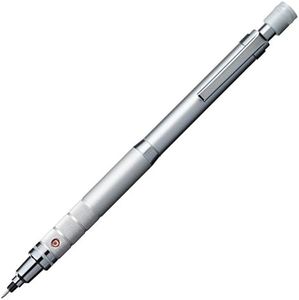
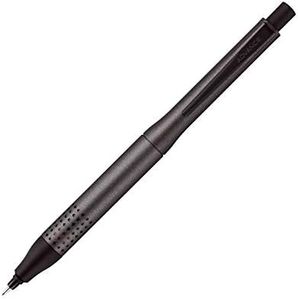
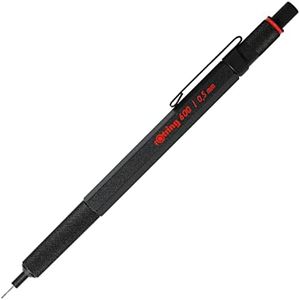
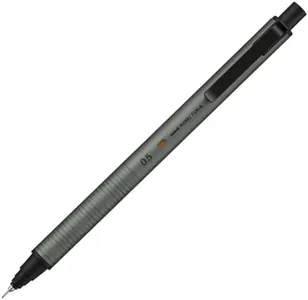


![Pilot Color Eno Mechanical Pencil 0.7mm 8 color set (Japan Import) [Komainu-Dou Original Package]](https://images-proxy.bestreviews.guide/O9XBCLXraVTiEmqbm4waT44Nm1U=/0x300/https://m.media-amazon.com/images/I/41a5Sa+H0eL._AC_CX679_.jpg)

